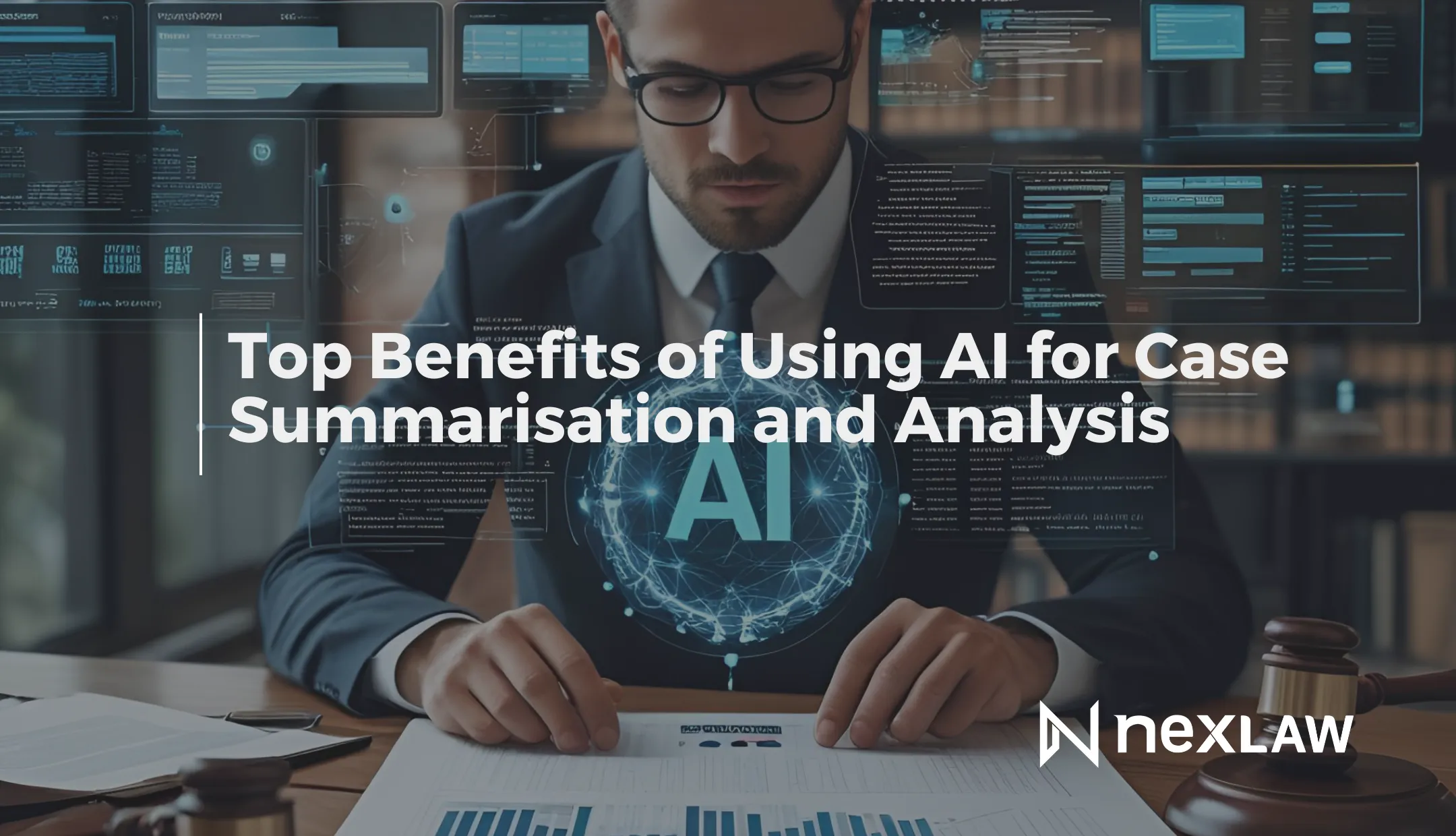Why Litigation Analytics Are the Future of Legal Strategy
Introduction
The legal industry in the United States is undergoing a major transformation. Attorneys and clients alike face growing demands for faster insights, more accurate predictions, and strategies backed by reliable data. What was once a niche concept - litigation analytics - has now become a cornerstone of modern legal practice.
Unlock Legal Insights Instantly!
With courts managing increasingly heavy caseloads and clients expecting transparency, lawyers can no longer rely solely on intuition or traditional manual research. In 2025, litigation analytics is not just an advantage, it’s quickly becoming an expectation.
What Are Litigation Analytics?
Litigation analytics use advanced data modeling and artificial intelligence (AI) to evaluate historical court outcomes, judicial behavior, motion success rates, and potential damages.
For U.S. litigators, this means being able to forecast case trajectories with far greater efficiency. Instead of sifting through thousands of past cases manually, analytics platforms deliver instant insights such as:
- A judge’s history of granting or denying certain motions
- Estimated case timelines based on past dockets
- Patterns in opposing counsel’s litigation strategies
- Typical damages awarded in similar cases
The Growing Demand for Data‑Driven Legal Strategy
Clients today expect more than strong advocacy, they want measurable, data‑backed insights. Litigation analytics empower attorneys to provide this, offering clearer visibility into case risks, timelines, and potential outcomes.
By integrating analytics into trial preparation, lawyers not only strengthen their strategies but also build greater client trust. The era of relying solely on instinct is giving way to one where hard data plays a central role.
How Litigation Analytics Shape Courtroom Readiness
1. Predicting Judicial Behavior
By analyzing years of docket history, attorneys can anticipate how specific judges are likely to rule on certain motions, allowing them to craft arguments that align with judicial tendencies.
2. Motion Strategy Optimization
Analytics can reveal the historical success rates of key motions such as dismissals, summary judgments, or class certifications. This insight helps lawyers prioritize the most promising filings.
3. Damage Award Forecasting
Litigation analytics can provide probability‑based damages estimates, offering attorneys better leverage in settlement negotiations and risk management.
4. Risk Management & Settlement Decisions
By weighing the likelihood of trial success against settlement patterns in similar cases, attorneys can guide clients toward more informed, strategic decisions.
Why This Matters Now
Legal experts agree that technology is rapidly transforming litigation. Attorneys who embrace litigation analytics can prepare more effectively, reduce the risk of oversights, and present clients with a clearer understanding of what lies ahead.
Analytics don’t replace professional judgment, they enhance it. By combining human expertise with data‑driven insights, lawyers can build strategies rooted in probability, not just possibility.
Conclusion: The Future of Litigation Strategy Is Data‑Driven
The U.S. legal profession is moving steadily toward an analytics‑first approach. Attorneys who adopt litigation analytics today will not only meet rising client expectations but also gain a decisive advantage in court.
Whether you’re handling complex litigation, drafting motions, or advising clients on settlement strategies, analytics are no longer optional, they are the future of legal practice.
Ready to See the Difference?
You have two ways to get started with NexLaw AI:
- Start a Free 3‑Day Trial — Explore NexLaw AI on your own and experience firsthand how analytics can transform your trial preparation and client strategy.
- Book a Guided Demo — Prefer a walkthrough? Our team will guide you step‑by‑step through the platform so you can see exactly how it works in practice.
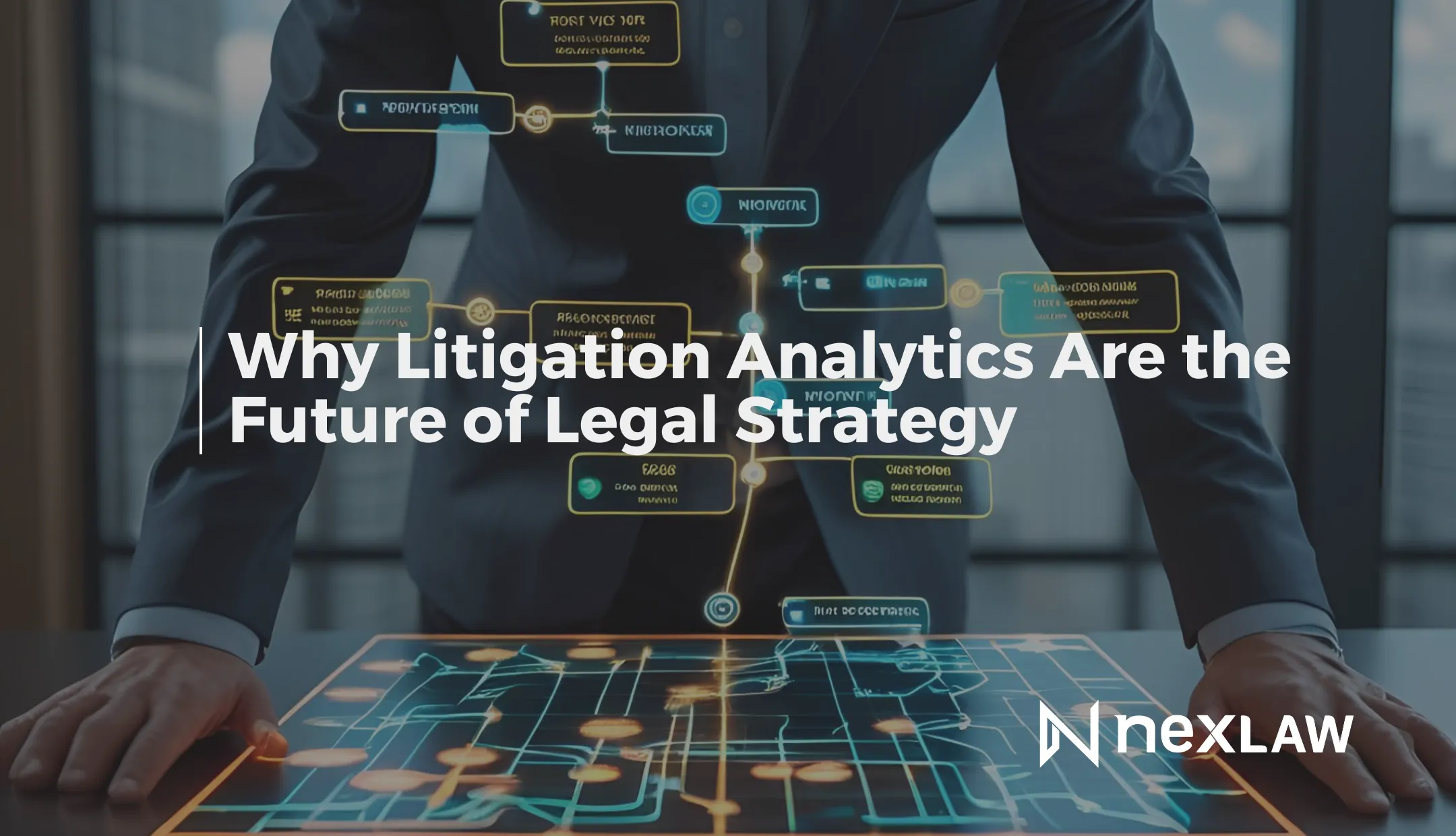
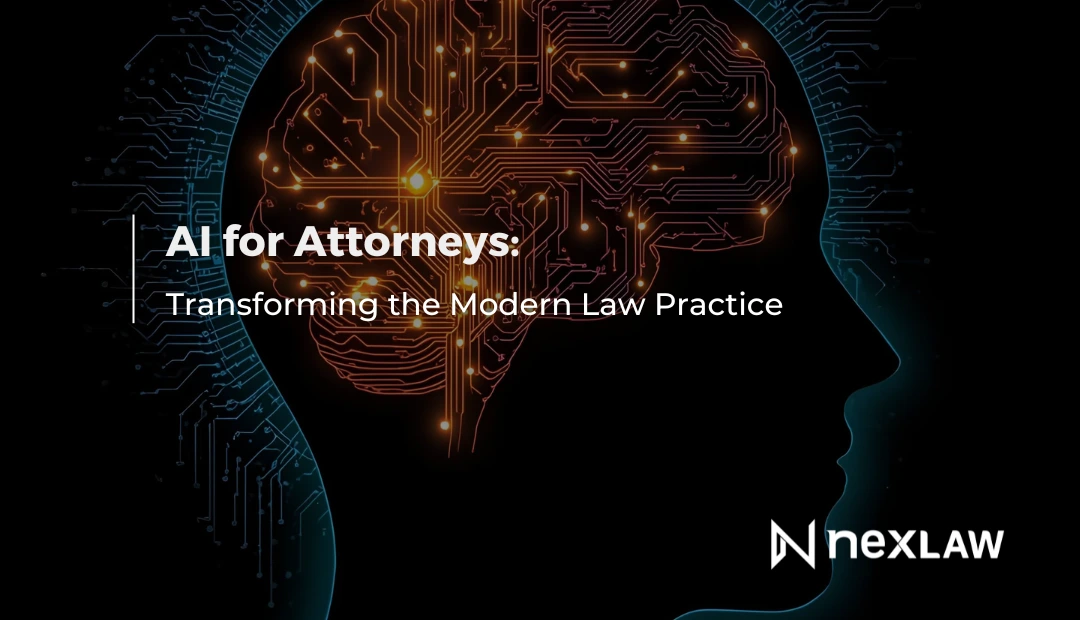
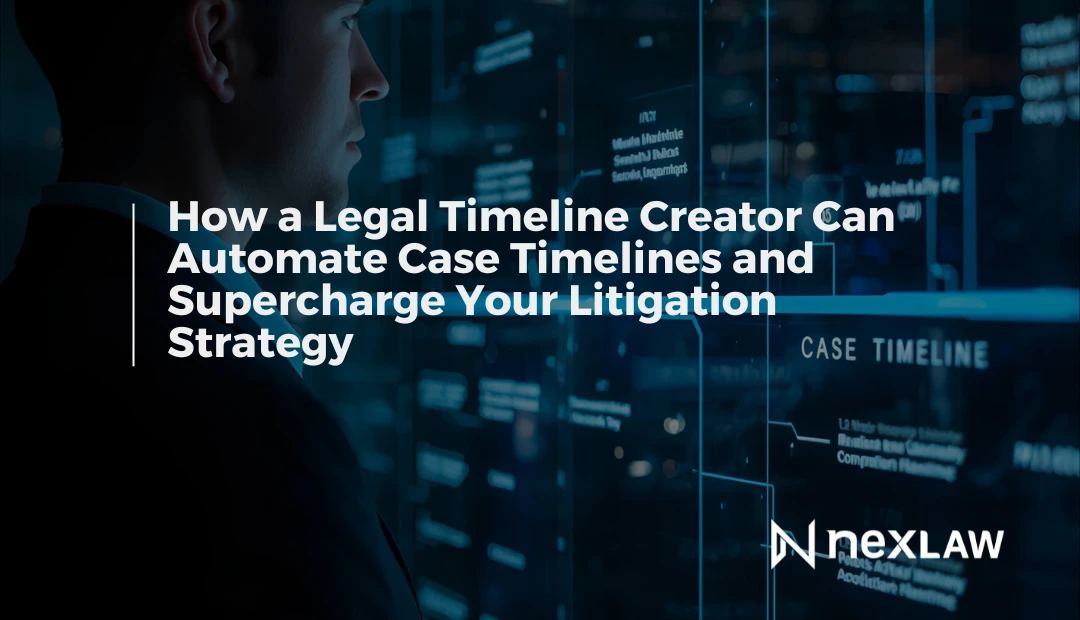
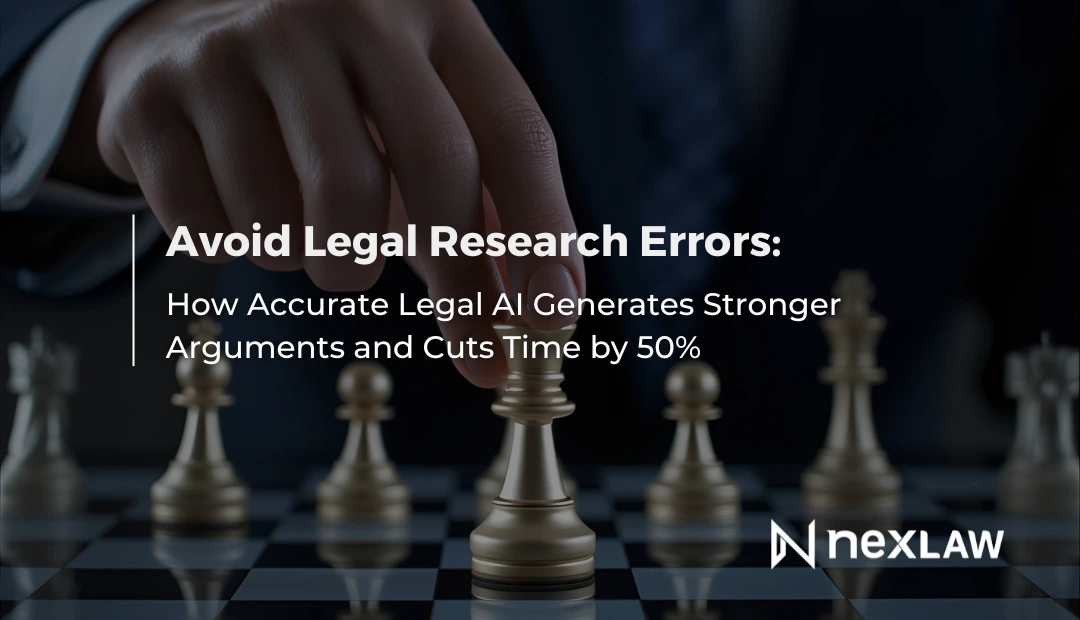
.webp)
